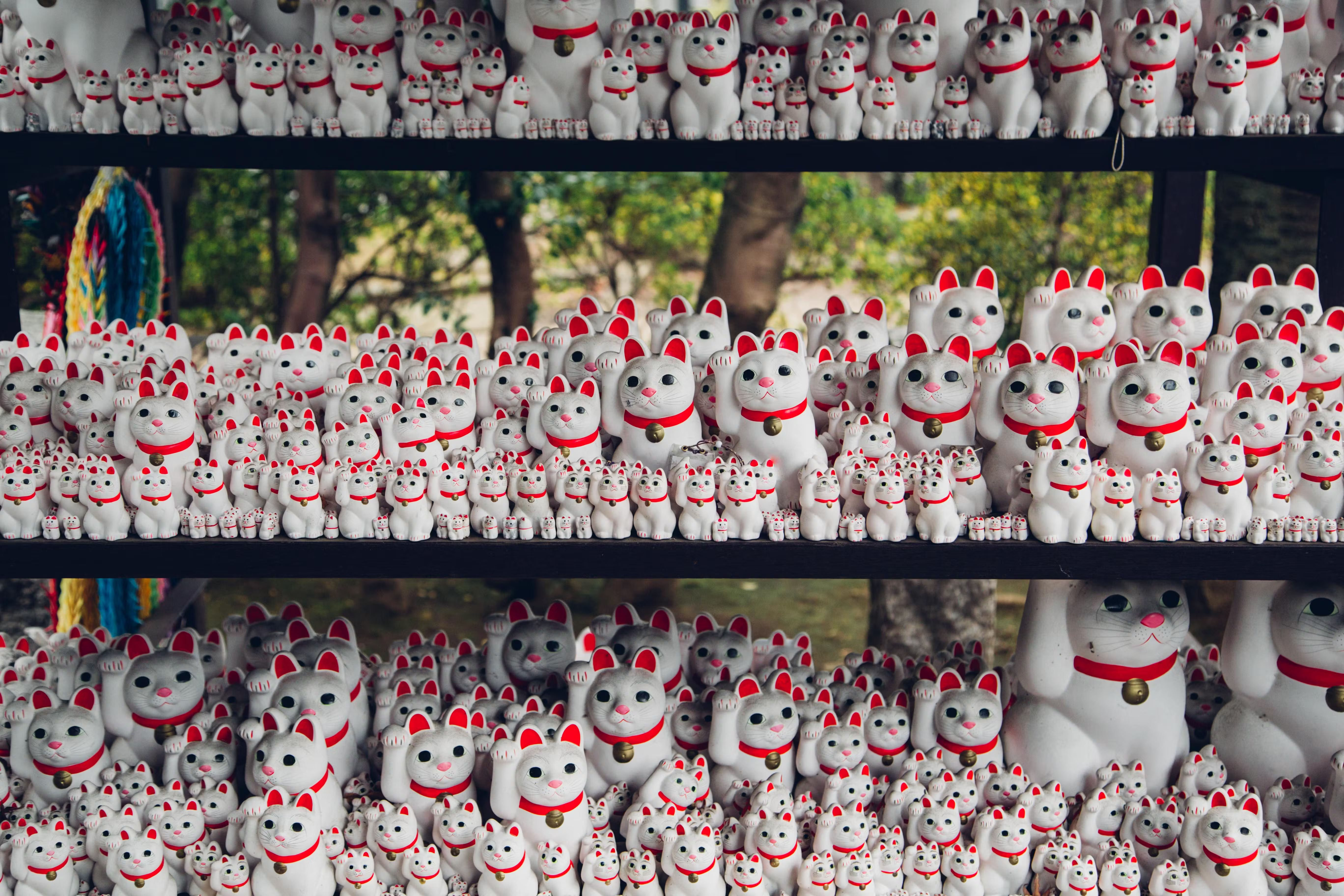Cat Cafe, Anyone? Japan Is the Cat’s Meow for Feline Fans
The cat stretched out across the floor in the cat café, his clipped ear twitching as two high school girls cooed about his cuteness and snapped cellphone photos. The other cats in the coffee shop, also showing that telltale sign of once being a stray, but now neutered or spayed, ignored the people sipping coffee and trying to get their attention.
Save Cat Café in Osaka, Japan, is a bit different from the other 149 or so sprinkled throughout the country. The cats here are street cats and available for adoption, but many of the other cafés populate their places with stunning purebreds.
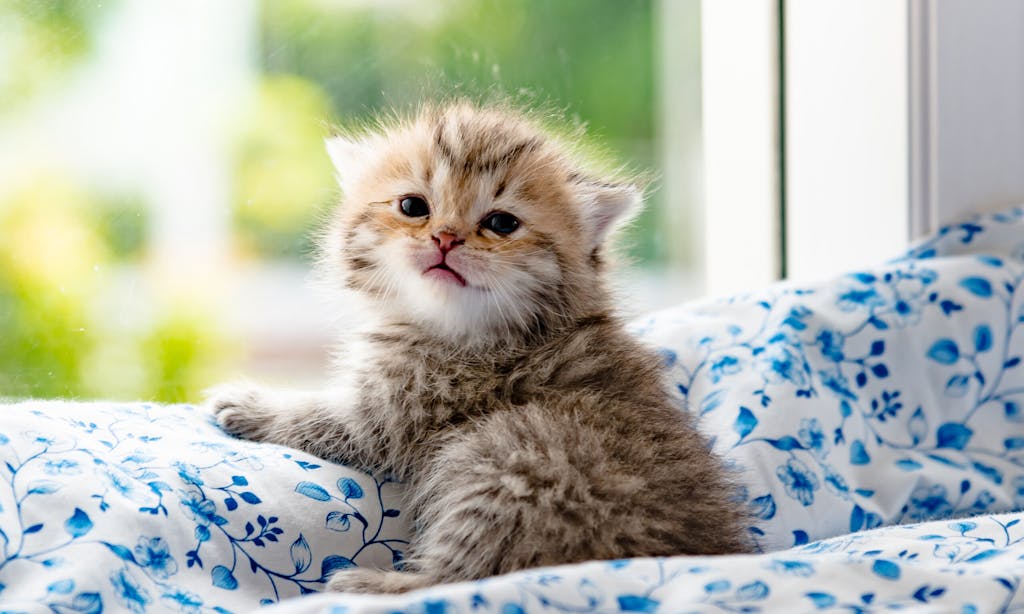
Cat cafés started in Taiwan and have gained traction in the United States, but the Japanese have embraced them with vigor, in part because many people can’t have pets in their apartments or their work hours are too long for them to be a proper pet parent.
Japan boasts that it has more cat cafés than any other country. That’s no surprise because Japan has a cat culture found nowhere else in the world.
Beyond the cat café: a history of cat fancying
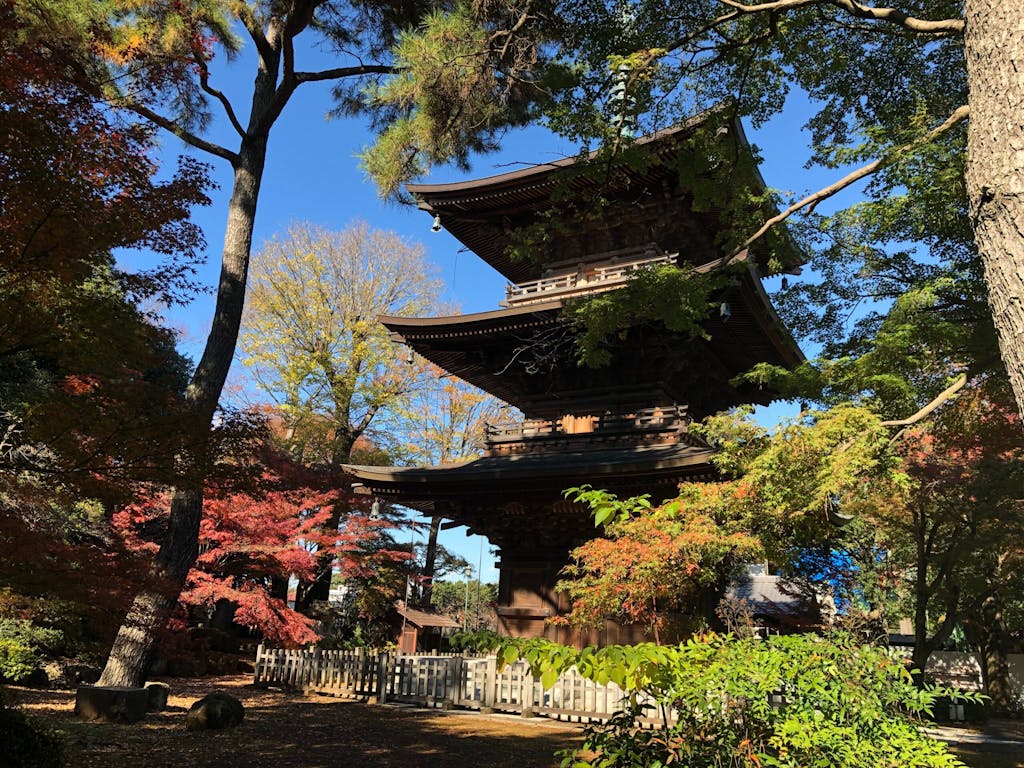
Cats in Japan have a long history, although no one knows exactly when the first feline put its paws on Japanese soil. Even from those early days, however, they had jobs that involved more than looking cute.
Historians have estimated that cats came from China with Buddhism, as the protectors of sacred scrolls. Their job: Keep destructive mice away from the texts. This theme of “working cats” continued through the years, even to modern times.
Initially they were pets of the wealthy, often kept on leashes, so they wouldn’t run off, but the government declared that cats must gain their independence to help keep the rodent population down. Hungry mice could destroy crops or silk cocoons, devastating the economy of the region. These employed animals of farmers were life (or crop or cocoon) savers, and as a result people became fond of them and their antics.
The myth of the nekomata
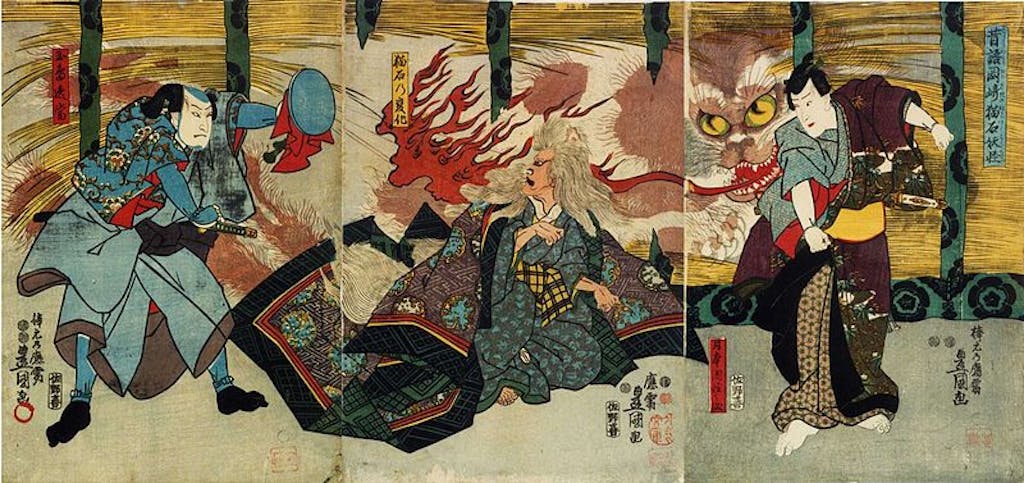
Folklore and mythology grew as cats became more common. One of the more famous of Japanese cat mythology focuses on nekomata, the story of a regular cat that morphed into a supernatural rat-destroying monster who sometimes killed a few humans. He was revered and a bit feared.
To show respect,the Nanbu shrine in Nagaoka City, Niigata Prefecture, placed a large statue of him at the front of the building. People gathered at the shrine to show their respect to all cats, not just Nekomata, in hopes that they would protect the crops.
You can find other shrines and temples praising felines throughout Japan. For instance, Gotokuji, a Buddhist temple in Setagaya ward of Tokyo, is everything you might expect of a temple: a peaceful place where lush green plants surround the building and seasonal cherry blossoms swirl in the air in spring.
Here, the story goes, a cat lured a man from outside into the temple just before a storm. He was so happy with the luck the cat brought him that he donated money to the temple. The temple master, in return, dedicated a shrine to the cat. He created a miniature cat statue, one paw in the air, to be placed in the shrine and named it manekineko, the beckoning cat (photo at top of page).
Most people today know the statue as the lucky cat waiting for good fortune. Thousands of replicas populate cafés, bars, homes and even pachinko, a type of gambling gaming parlor.
On the other side of Tokyo, near Asakusa Station, another shrine called Imado Jinja, claims it was the originator of manekineko.
No matter which location tourists visit, they will find plenty of cat statues and imagery.
A cat as a station master? But, of course
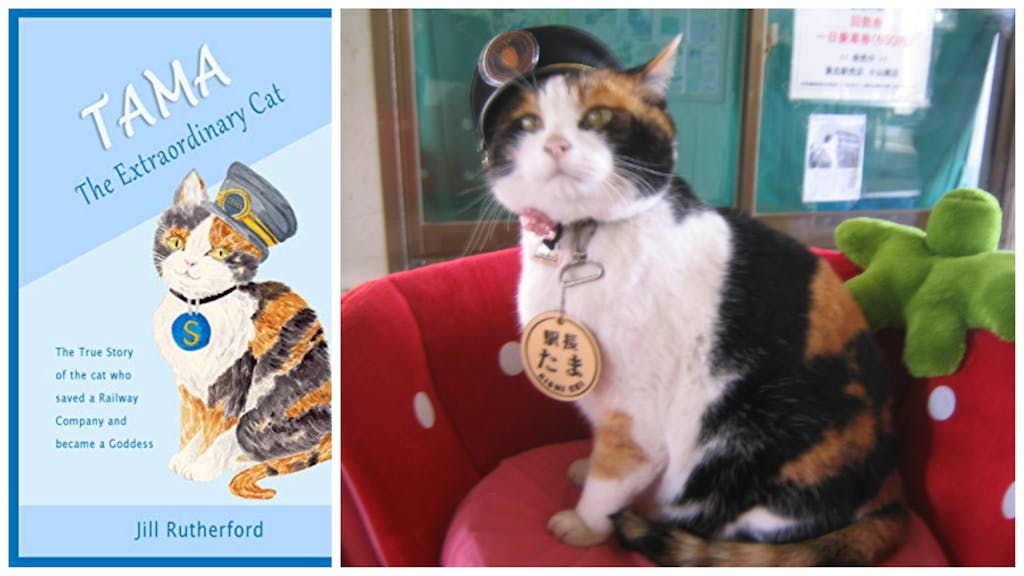
Japan’s respect for cats doesn’t stop with shrines, trinkets or lucky beckoning cat statues. Because its society values productivity, they put cats to work.
A cat has various options for employment: café cat, rat-catcher, guardian of the port, actor in commercials, priest, TV star or train station master. Wait, train station master? Here’s the origin story.
Kishi train station, a small station nestled in Kinowaka City, Wakayama Prefecture, is surrounded by fruit orchards and mountains.
Despite a steady population of about 60,000, the ridership at Kishi station dwindled, and the train line was in danger of bankruptcy. Locals begged the company to keep the station open, and they reluctantly agreed. But to save costs, the station staff was to be let go.
Before this happened, the president of Wakayama Electric Railway stopped in to check out the feral cat colony that had taken up residence there. He locked eyes with one calico cat, stunned by her seriousness and sense of purpose. An idea formed. Tama, the calico cat, would become the station master, and the other cats her assistants. She would wear a special hat and greet customers.
Word of a working station cat spread and Tama’s popularity grew, not only in Japan, but also worldwide. Visitors increased and infused much needed money into the region and the company.
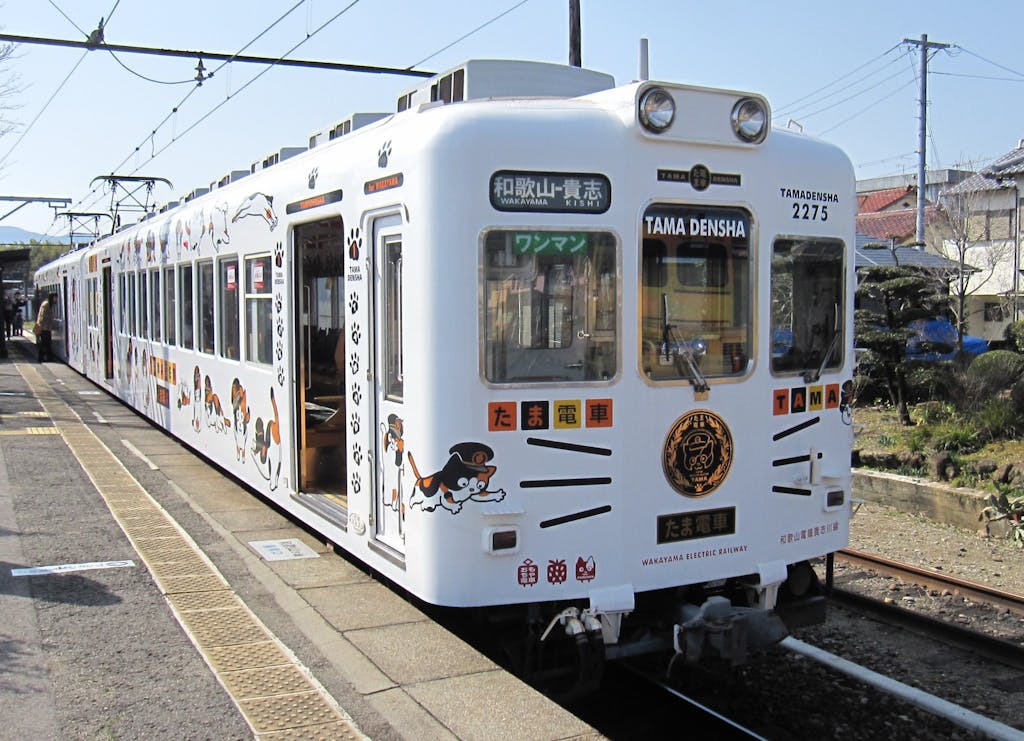
When Tama died in 2015, 3,000 people attended her Shinto funeral and a shrine was built and dedicated to her. Nitama, meaning Tama the second, was promoted to station master. She also became the priest of the Tama cat shrine.
Kishi station can be reached from Osaka, about a two-hour train ride on Wakayama Electric Railway.
Cat souvenirs aplenty
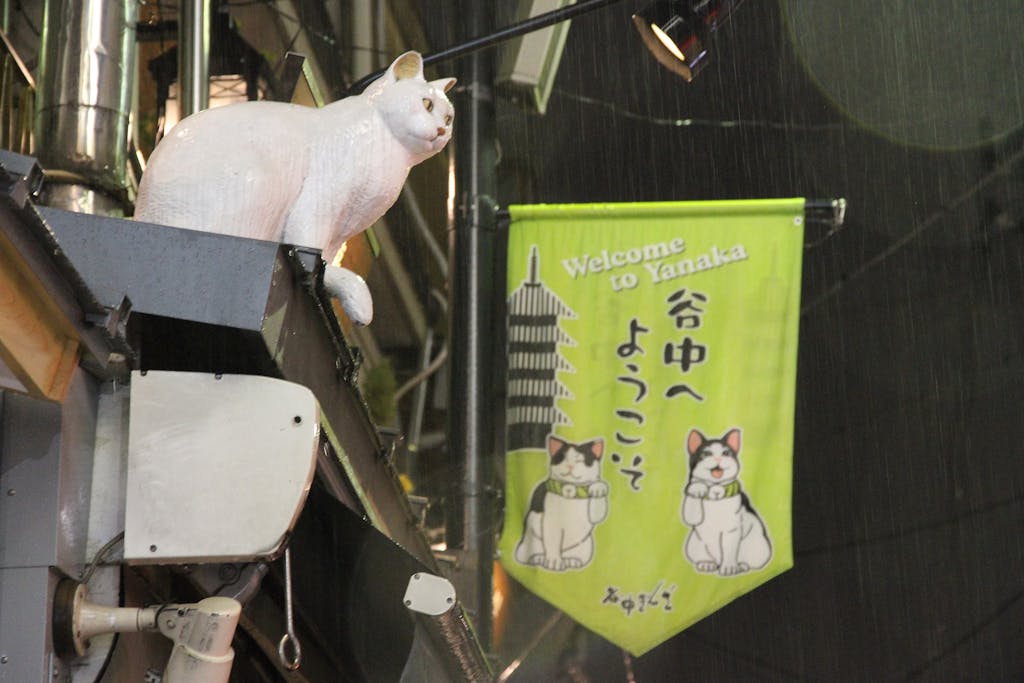
Once café cats are petted, the themed train ridden and shrines visited, one last step remains: buying cat-themed souvenirs. You’ll find cat-themed items everywhere, from the DIY store Hands to such high-end department stores as the Takashimaya.
The Yanaka district, a five-minute walk from Tokyo’s JR Nippori station, has retained its old-town charms. Narrow streets twist and wind, leading to rice cracker shops and cafés. One can lounge at the coffee shops with its cat mugs, statues and photos adorning the walls. Vendors sell sweets shaped like cat tails, and if it starts to rain, there will be at least one shop selling an umbrella that depicts prancing cats.
Japan is, indeed, a cat lover’s paradise. Ready to hop on a cruise to Japan and find cats? Find options here.
